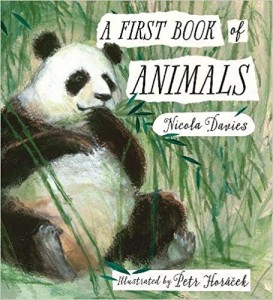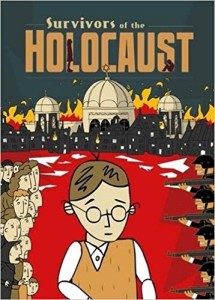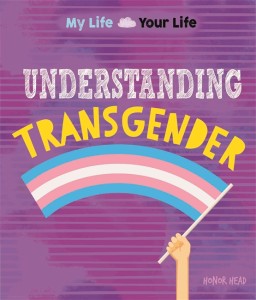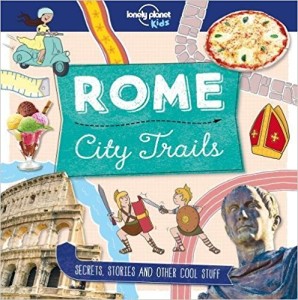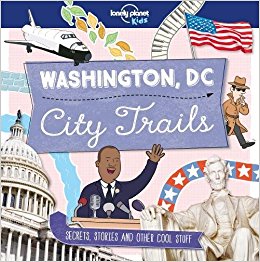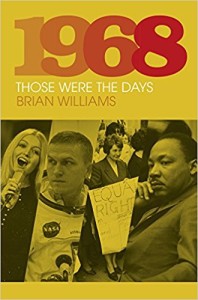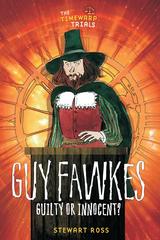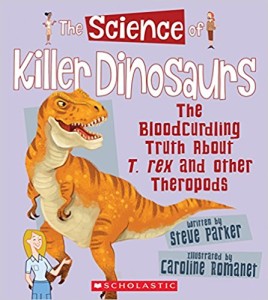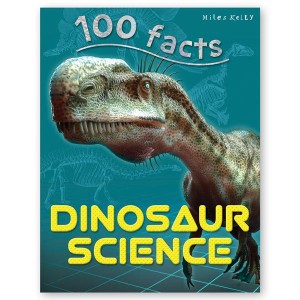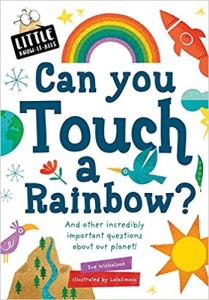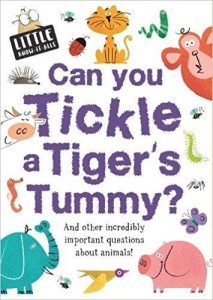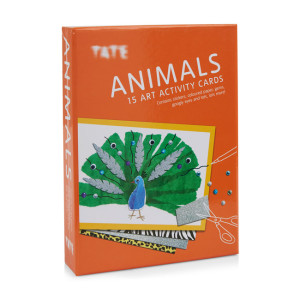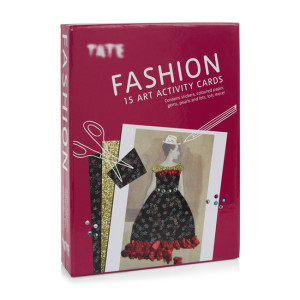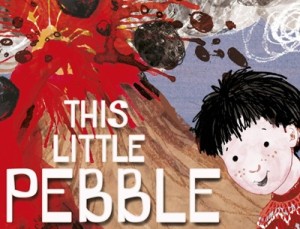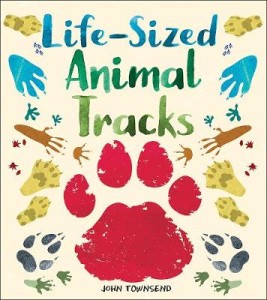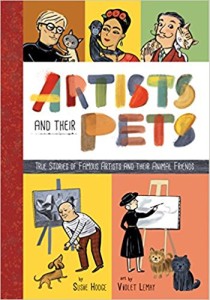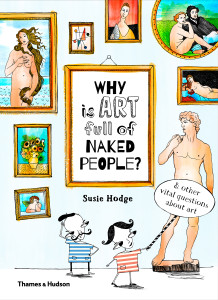Nibweb member Nicola Davies came away from the School Library Association (SLA) award ceremony on 22 November with two accolades.
Firstly, she was the judges’ first choice for My First Book of Animals, which brings more than fifty different animals, birds, insects and marine creatures vividly to life through poems by Nicola and beautiful illustrations by Petr Horace. (The children’s choice was Our Very Own Dog by Amanda McCardie.)
Nicola was also given the very first Hachette Children’s Group Award for Outstanding Contribution to Information Books.
The overall winner (judges’ choice) was Survivors of the Holocaust by Kath Shackleton, Zane Whittingham and Ryan Jones – making an exciting break with the children’s nonfiction tradition by being in the form of a graphic novel. Is this something we’ll see more of in future? The children’s choice was Mind Your Head by Juno Dawson with advice from Dr Olivia Hewitt.
A First Book of Animals by Nicola Davies, illustrated by Petr Horacek. Walker Books, ISBN 9781406359633
Our Very Own Dog by Amanda McCardie, Illustrated by Salvatore Rubbing. Walker Books, ISBN 9781406356205
Mind Your Head by Juno Dawson with advice from Dr Olivia Hewitt, illustrated by Gemma Correll, Hot Key Books ISBN 9781471405310
The SLA Information Book Award is sponsored by Hachette Children’s Group and is supported by Peters Books and Furniture. For more information and a complete list of winners, see http://www.sla.org.uk/blg-winners-of-information-book-award-2017.php
The next date in the children’s nonfiction awards diary is the ALCS/Society of Authors Educational Writers Award, on 5 December at the House of Commons.


